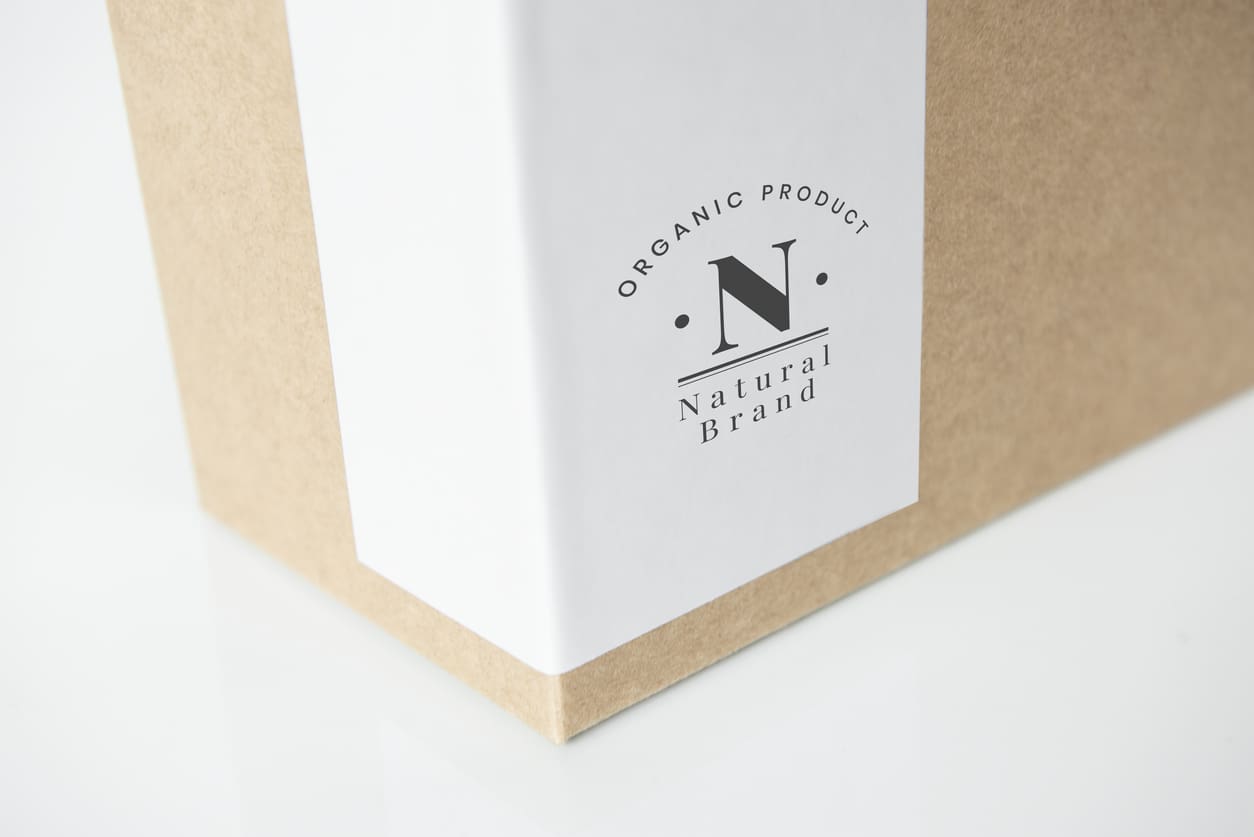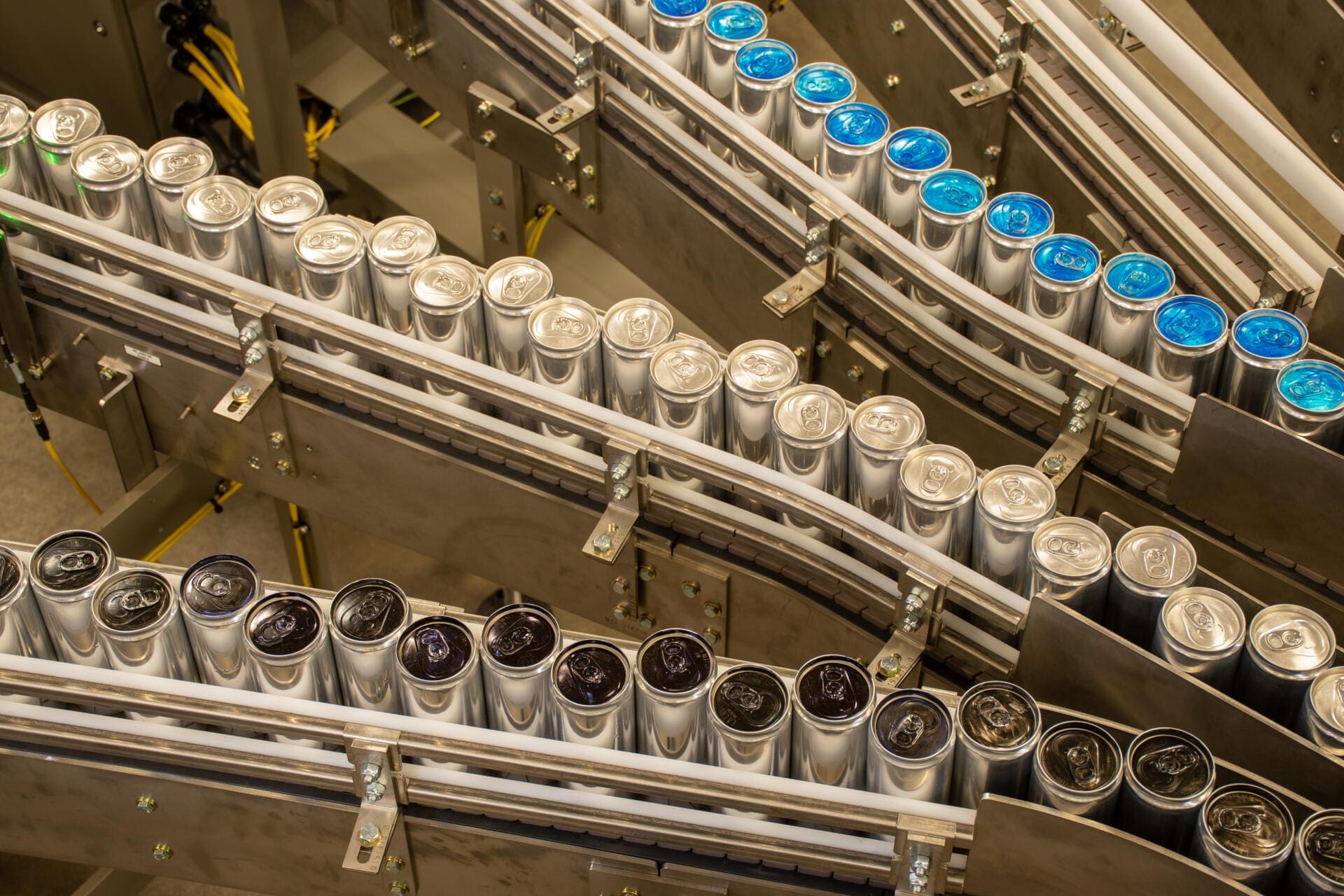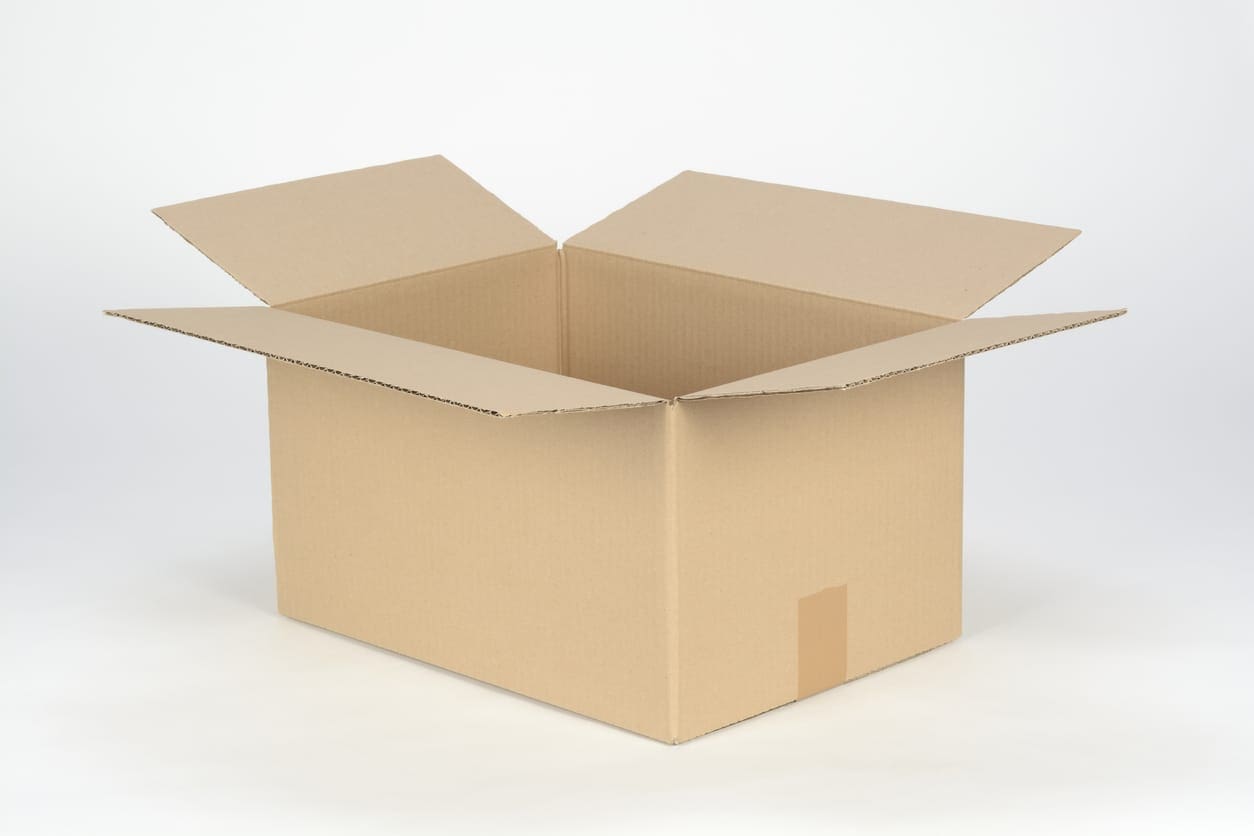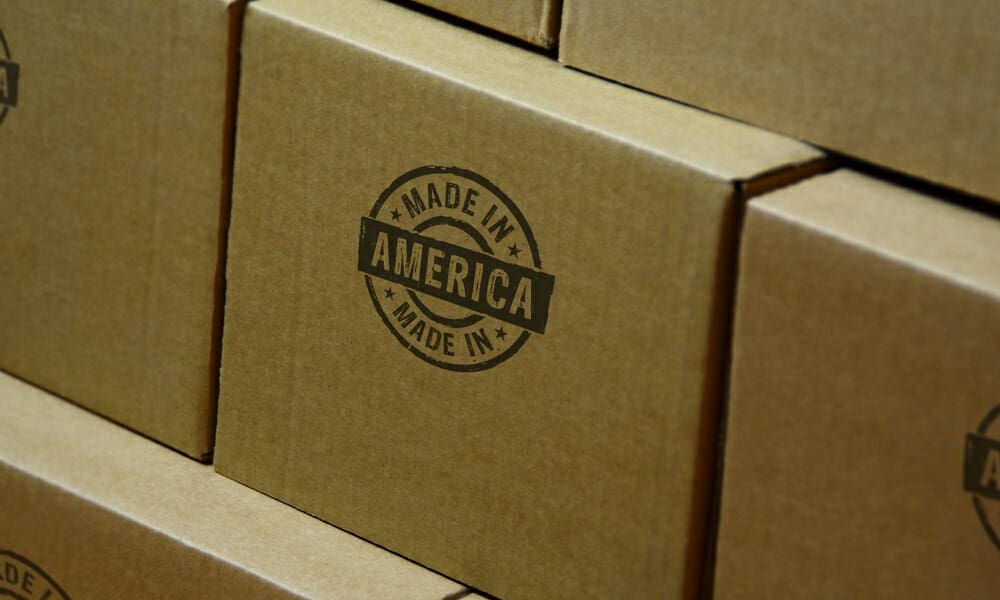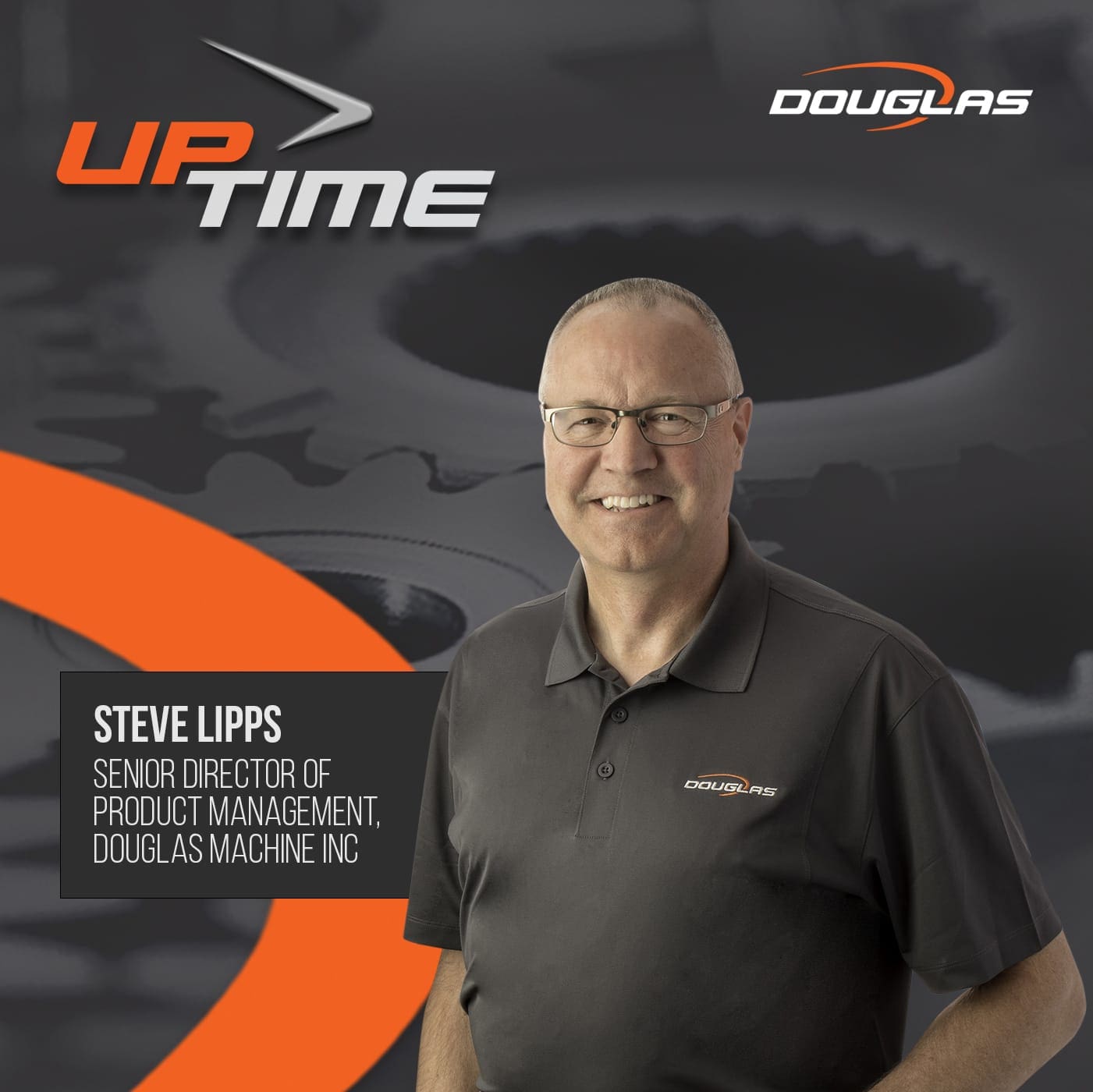When you hear “Pepsi,” you think red, white, and blue—the iconic can colors. When you hear “Nike” the swoosh image invariably pops up in your head. These companies have mastered what all sellers of consumer products strive for: successfully branding their products. From marketing soda and shoes to secondary packaging solutions, branding plays an essential role in the success of any business.
What is Branding?
Branding is setting your product apart with a unique presence that ultimately builds trust, attracts new customers and retains existing customers. Branding is physical, like that famous Nike swoosh, but also includes the non-physical—the emotional response associated with the brand. For example, you would know instantly that anything with that swoosh on it was a Nike product, athletic in nature. If you’ve had positive experiences with other “swooshed” products, just seeing that image will likely evoke a feeling of trust and a willingness to purchase another product with the Nike logo on it.
Successful branding isn’t easy, and it doesn’t happen by accident. According to Trillion Creative, a professional branding and design firm, the initial branding process can take anywhere from four weeks to six months. And that’s just the start. After that, long-term efforts and roll-out must be factored into the timeline.
In other words, successful branding takes a ton of time and effort. It’s what sets your product apart. You’ve worked hard to make sure your customers know who you are and what your products stand for—and at Douglas Machine, we get that.
What’s the Difference Between Branding & Packaging?
While branding takes on the entire image of a product, packaging focuses on the physical aspects and, when designed well, incorporates and promotes the brand.
The three layers of packaging are primary packaging, secondary packaging and transportation packaging. Primary packaging is the immediate (or direct) packaging of the product. For example, a bottle of soda’s primary packaging would be the bottle itself. The soda’s secondary packaging could be a tray, a case, a layer of clear or branded shrink wrap film, or a combination. Once in its secondary packaging, the soda is ready for its transportation packaging. This is the final packaging that will ensure the soda makes it safely where it needs to go.
The Importance of Secondary Packaging
As your secondary packaging partner, it’s our priority to make sure your brand is well represented—and that your products are protected as they make their way to the point of sale. Exceptional secondary packaging not only prevents damage to the product, but also draws the attention and interest of consumers. As an extension of your brand, primary (and often secondary) packaging is the first thing customers see.
Douglas offers a wide variety of packaging automation solutions to enhance your customers’ experience with your brand. From shrink wrappers to sleevers, palletizers to case and tray packers, our goal remains consistent: to elevate your brand through the packaging process.
Visit our website or contact us today to discover the perfect secondary packaging solution to promote your brand.
